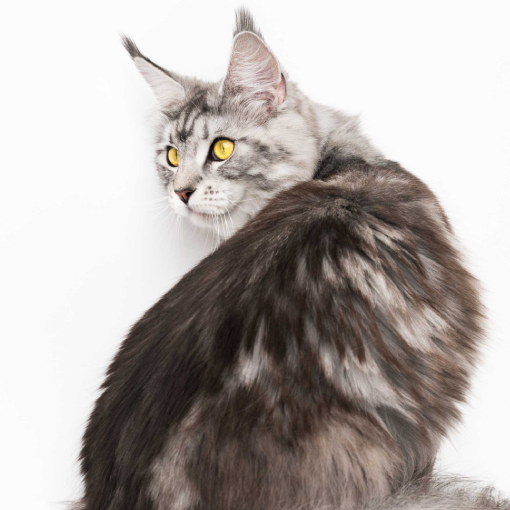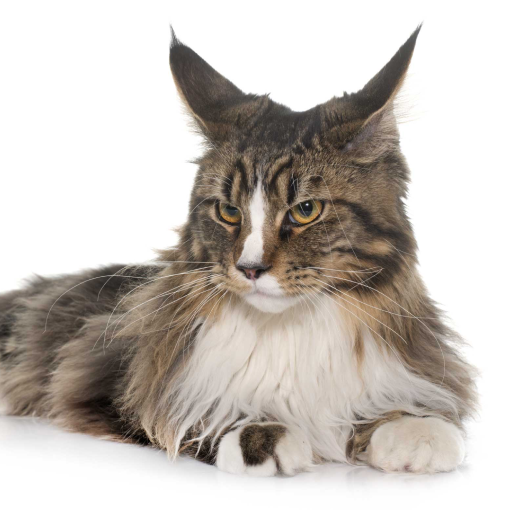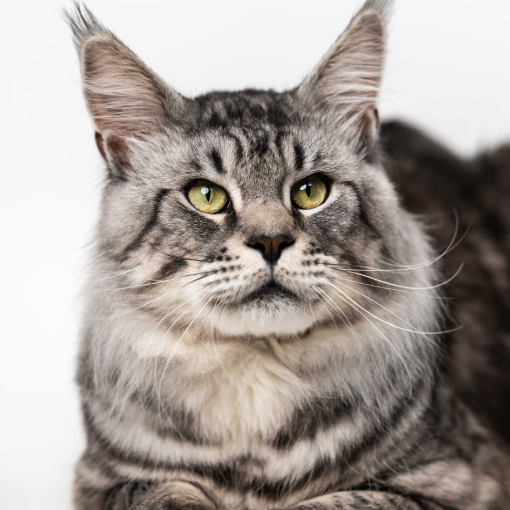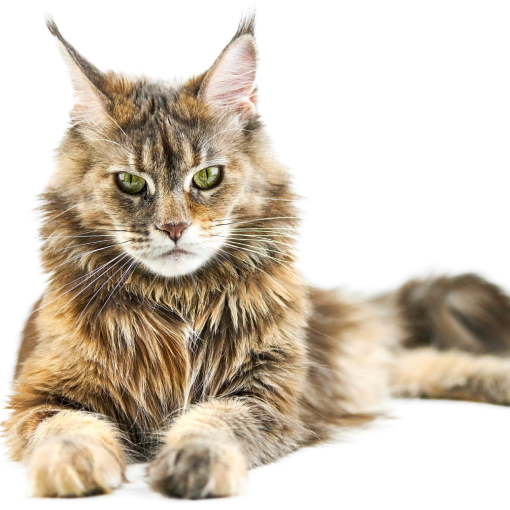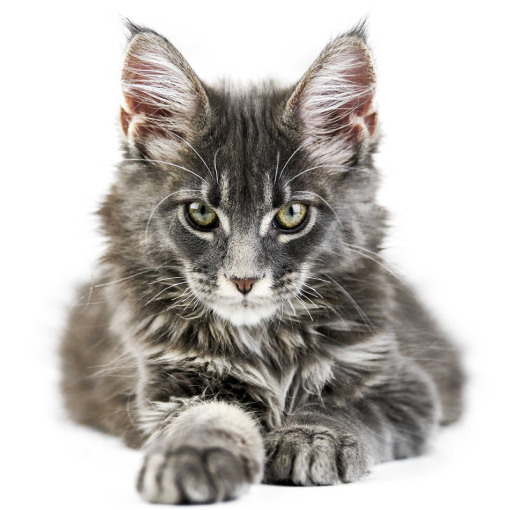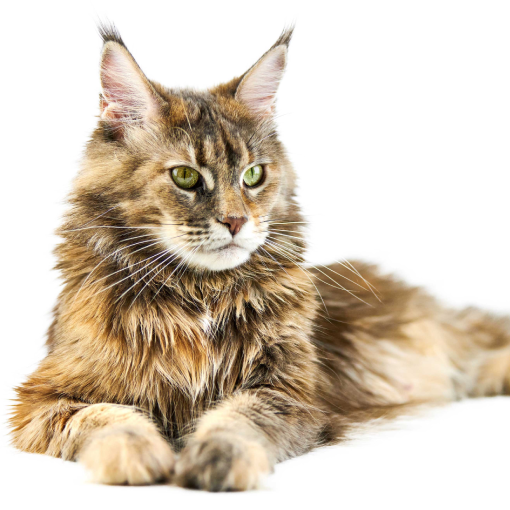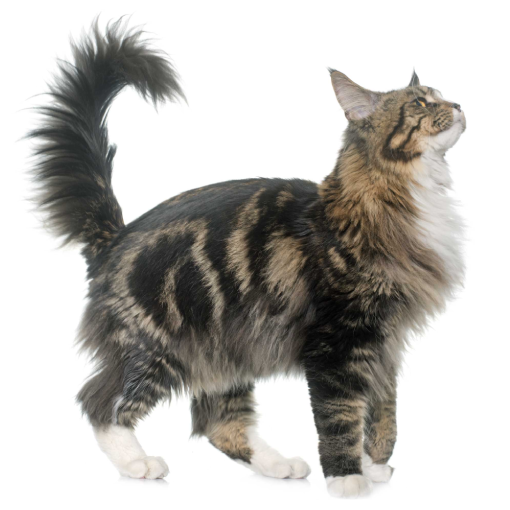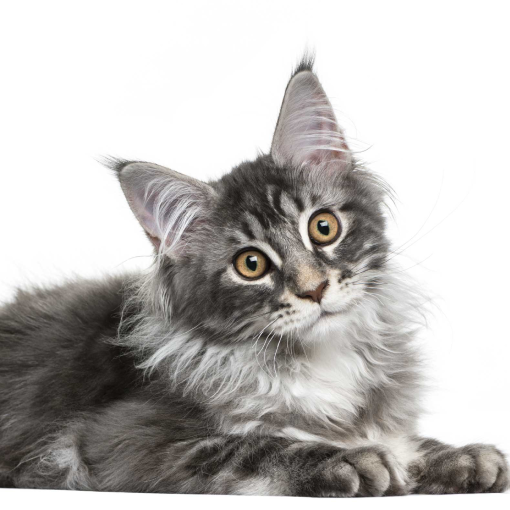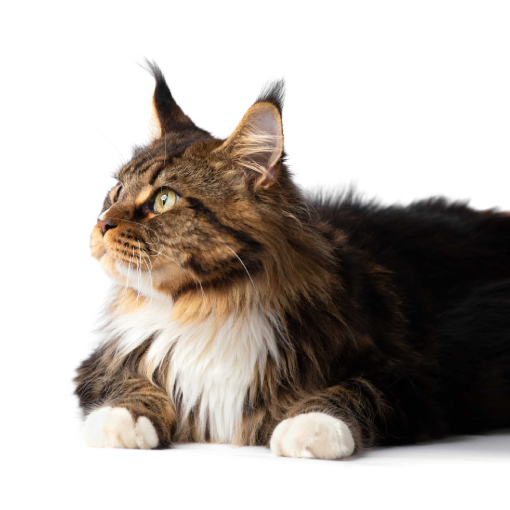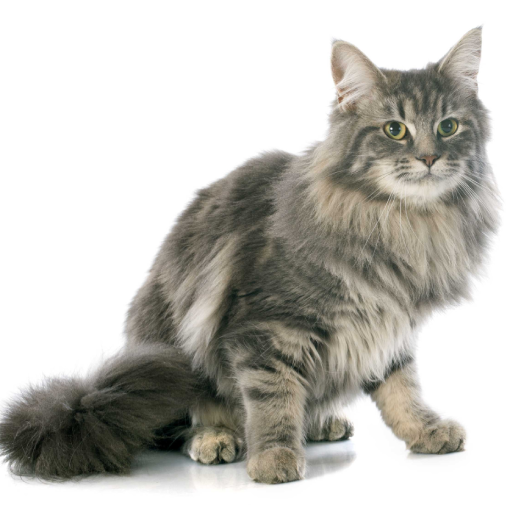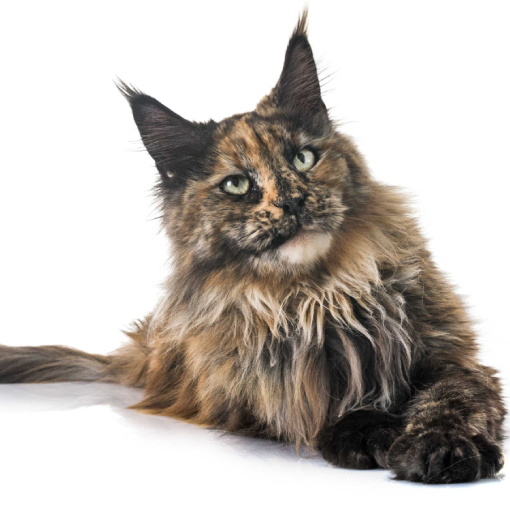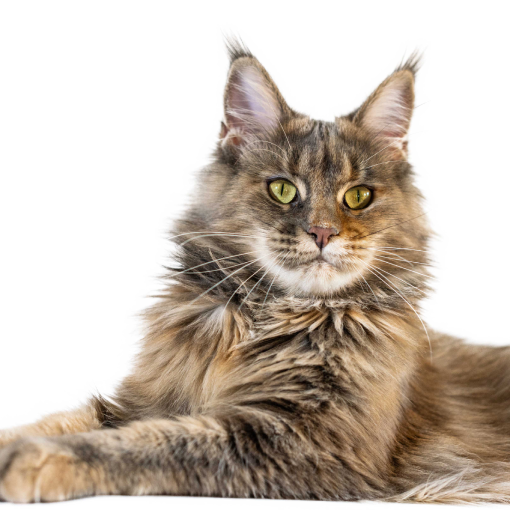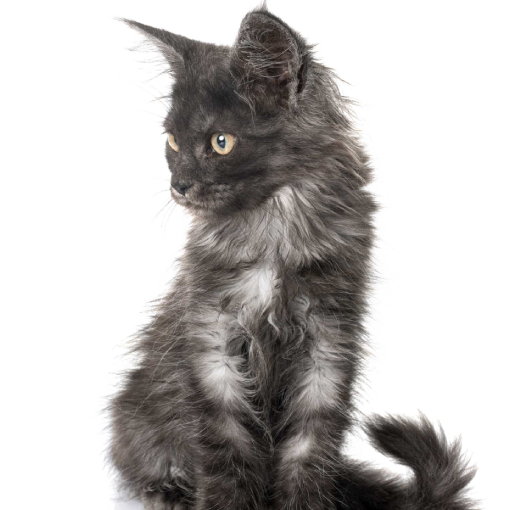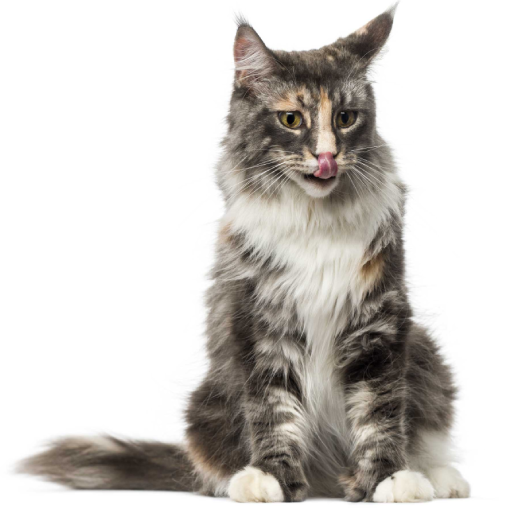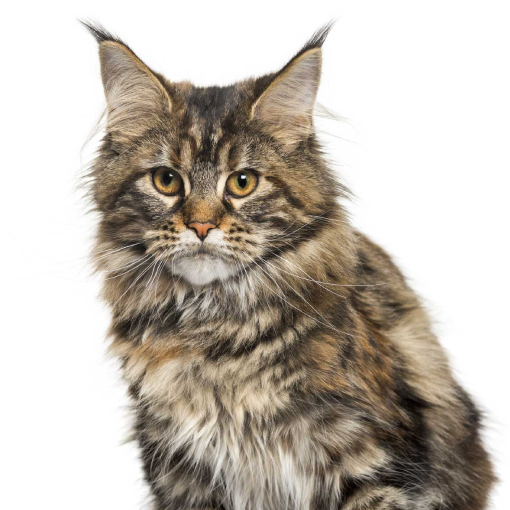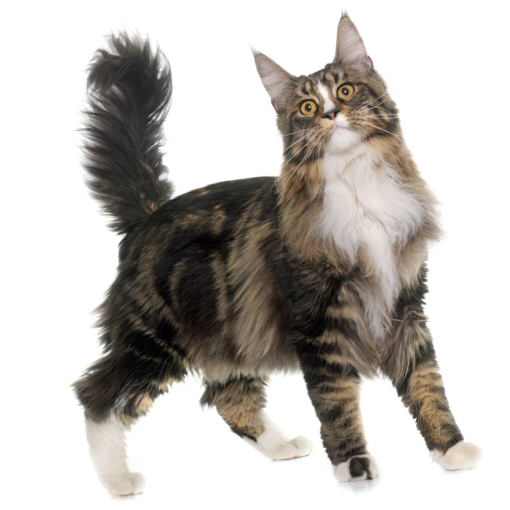5 Reasons why your cat not drinking could be dangerous - and what you should do about it
1. Water is essential in maintaining your cat's digestive tract, kidneys, liver, brain and nervous system.
2. Cats who only consume dry food can become dehydrated and even mild dehydration is a risk factor in kidney disease.
3. Chronic kidney disease is one of the biggest killers of cats over 5 years of age (O'Neill DG, Church DB, McGreevy PD, Thomson PC, Brodbelt DC. Longevity and mortality of cats attending primary care veterinary practices in England).
4. Drinking more water reduces the risk of Feline Lower Urinary Tract Disease (FLUTD), it also helps prevent kidney stones and cancers of the urinary tract.
5. Male cats are especially prone to urinary tract disease which can be fatal!
So what can be do to help our feline friends?
First you can choose a bowl that your cat would like to drink from:
- Most cats prefer glass, metal and ceramic dishes to plastic ones (plastic ones can give them acne)
- Most cats prefer a wide shallow bowl so thar they do not need to put their head inside to drink from it. Cats do not like their whiskers to touch the sides of bowls
- Fill the water bowl to the brim so cat's can see the meniscus, many cats like to drink from a full container (unfortunately this may cause a small tsunami for those Maine Coons that like to paddle!
- Cats like to keep an eye on their surroundings when drinking and may not like to dip their heads into a deep water bowl
- Refill their bowl daily, I don't think any of us would like to drink day old water!
- Wash the bowl out at least once a week, remove any limescale and try to use an unscented washing up liquid so it doesn't make the bowl smell
- Place a ping pong ball inside a wide dish, some cats enjoy playing with this and the movement of the water may stimulate drinking
- Try using a raised bowl - these can be more comfortable for cats that are older, larger or have medical conditions
- Put their own tumbler of water on a bedside cabinet.
Have several water bowls to give your cat lots of opportunity to drink (especially important in a multi-cat household)
- Consider placing bowls both upstairs and downstairs, so they don't have to go far to get a drink
- Always place water bowls well away from the food bowl: cats prefer not to drink near their food
- Never buy double bowls (one side for water, one for food), your cat will hate them! Your cat will drink more if food and water are offered in separate locations. Put the water bowl 2m away from the food bowl
- Place the bowl in a quiet location - away from busy places or doors that are heavily used. Keep away from noisy appliances and from patio doors where strange cats can peer in. Cats are far more likely to drink when calm and relaxed.
- Cats are often thirsty when they have been resting, so place water bowls next to sleeping areas.
- Cats like to climb so perhaps place a water source on a coffee table or shelf where theyc can drink out of the way and in peace
- Always keep a water supply in risky areas where your cat might accidentally get shut in, e.g. a shed, garage or conservatory.
- If you place bowls outside they must be emptied, scrubbed and refilled daily to prevent germs multiplying. Never let your cats drink from dirty ponds they can contain germs such as Giardia.
What if your cat just doesn't like drinking from bowls?
Consider running water sources as some cats like to drink from moving water
- Water fountains - get one with suckers that they cannot tip over! It must be cleaned every other day as the filters harbour bacteria.
- Let then drink from a dripping tap
- Put a small amount of water into a shower tray or bath (rinse first to remove detergents).
Consider different types of water - some cats do not like fluorinated water - try:
- Filtered water
- Collected rainwater (not puddles, clean containers!)
- Mineral water
- Ice cold water - may not appeal to cats with dental issues, could exacerbate pain
Other liquids to try:
- Water left over from cooking chicken or fish (make sure no salt is added)
- Liquid from a can of tuna in spring water
- Prawns, fish or meat liquidised in boiled water to create a soup or broth
- Ready-made cat soups (Cosma do great ones!)
- Tuna water frozen into ice cubs which can either be licked or dropped into a bowl of water
- Bone broth - don't add any salt (and never give to cats with kidney disease)
- Add one of the above liquids (or even cooled, boiled water) to kibble. Only leave it down for 10 minutes for the cat to eat as the liquid will introduce bacteria to the food and if left out for hours it will spoil. (This is especially important in periods of hot weather.)
- Adding extra water to wet food can help increase water intake. Some cats will happily eat food that resembles soup. (again add cooled, boiled water)
- Offer water and other liquids at room temperature where possible (the flavour is reduced in cold liquids.)
Just Remember....
- Be persistent but gradual in making changes, cats are creatures of habit
- IMPORTANT - If your cats refuse to eat food mixed with water stop and do not force it. You don't want your cat to begin to dislike his/her favourite food
- Your cat may not wish to drink if he/she has a dental or medical issue. Signs of dental disease include decreased appetite, dropping food when eating, pawing at face or mouth, facial swelling and drooling. In this case you need to see a vet ASAP
